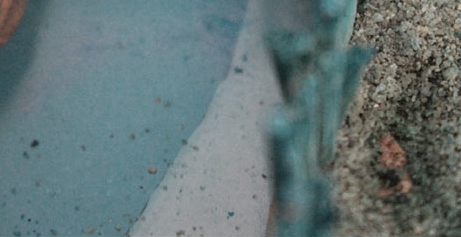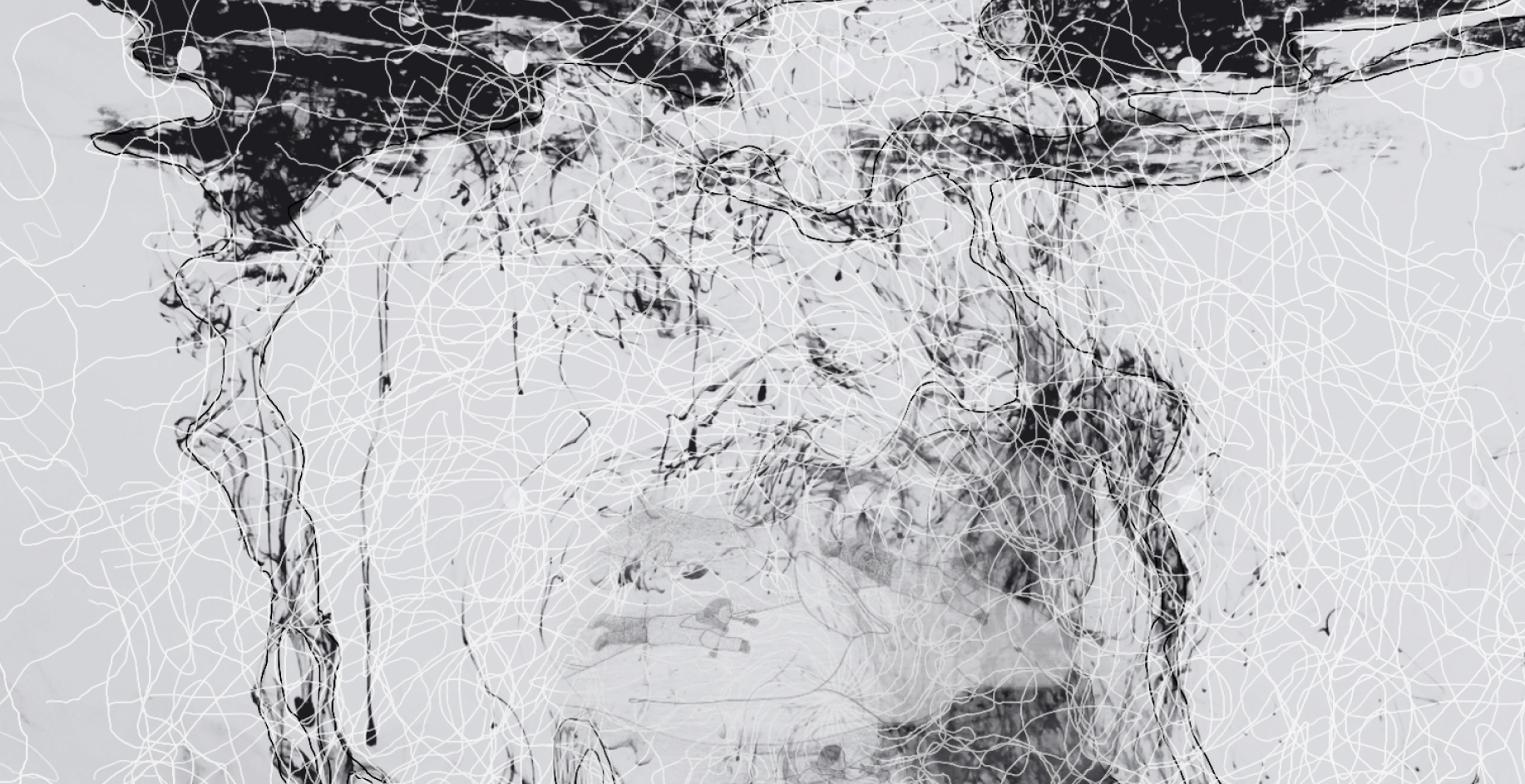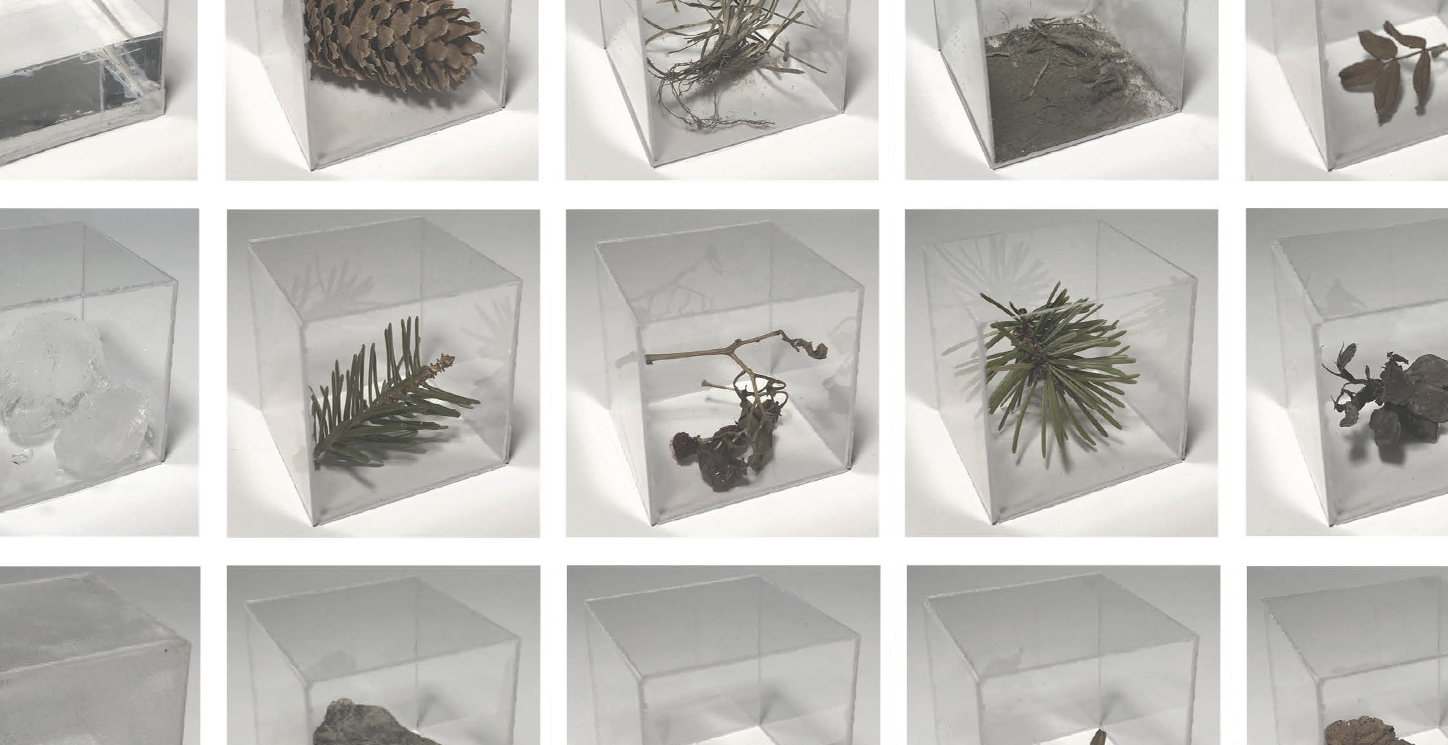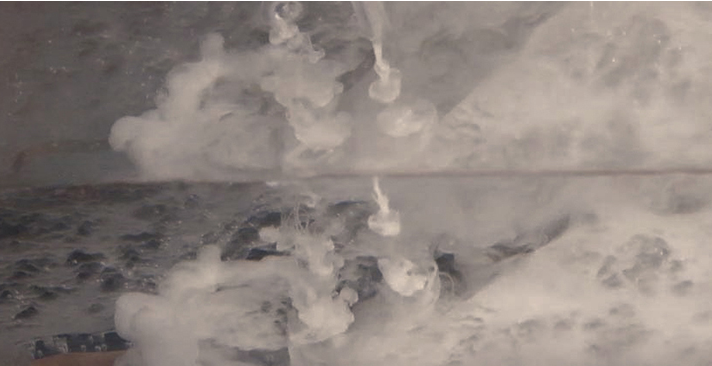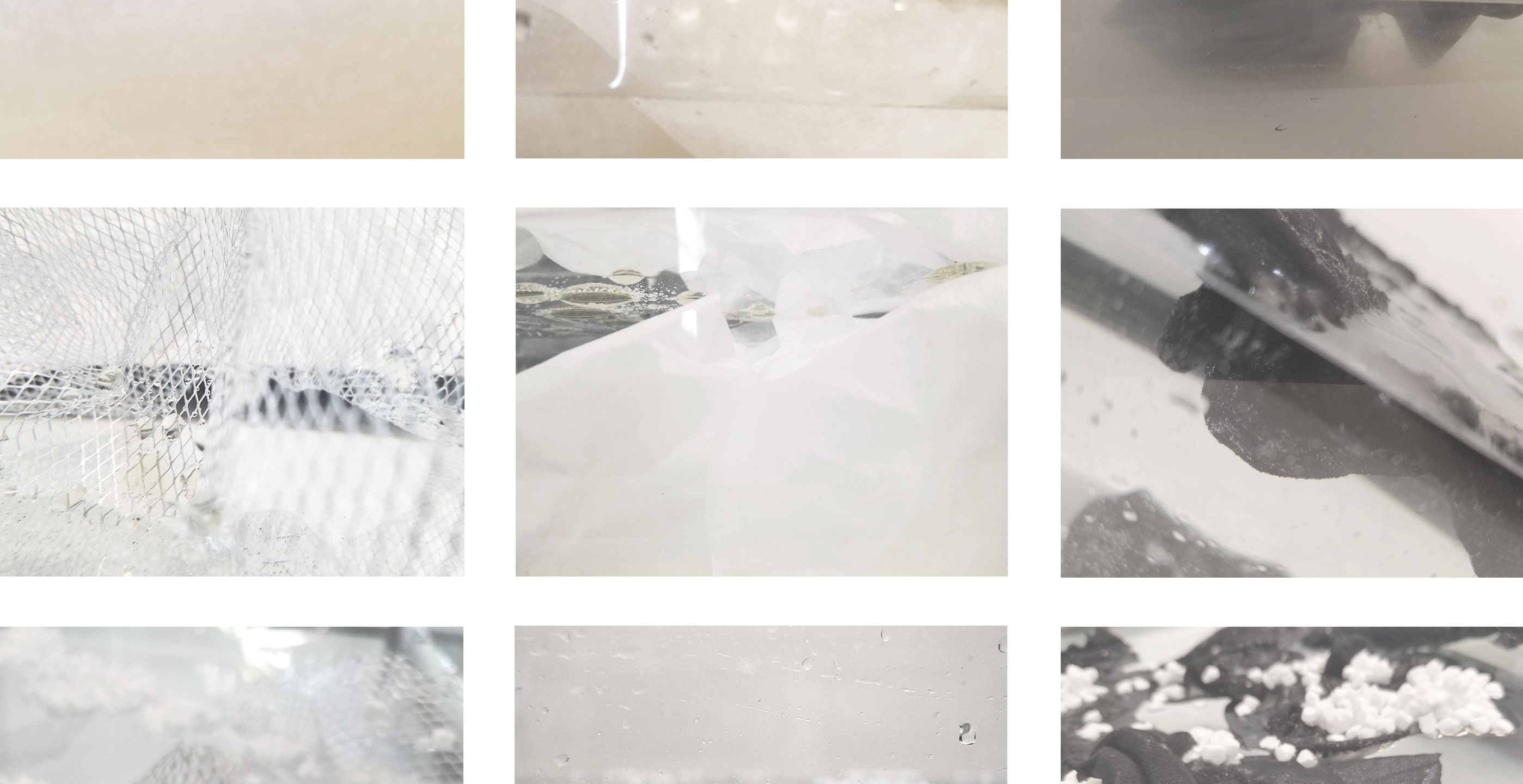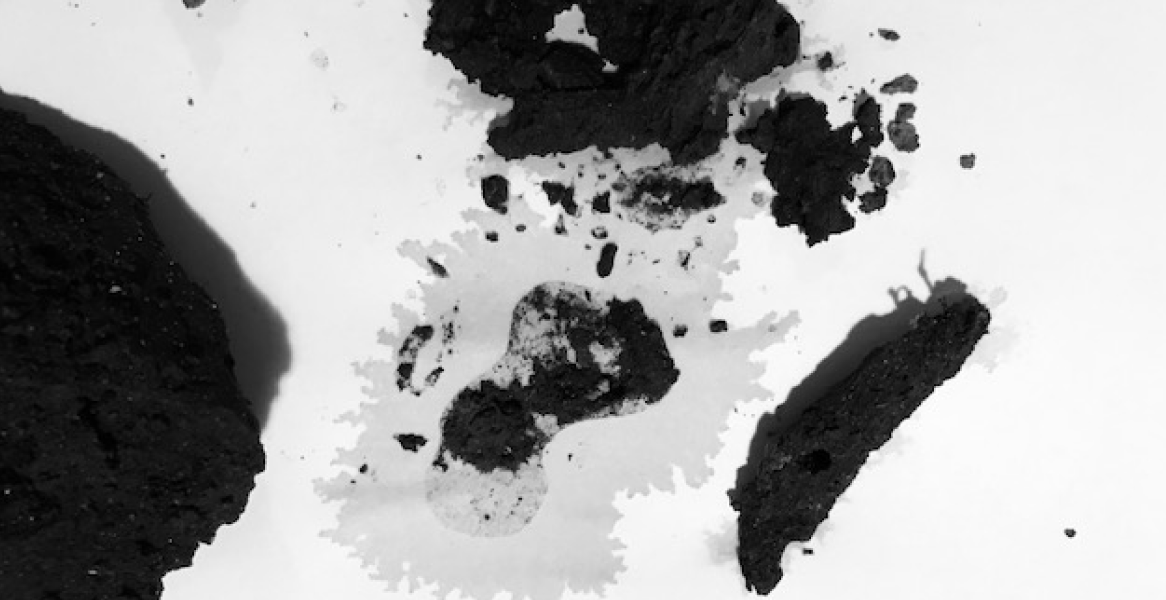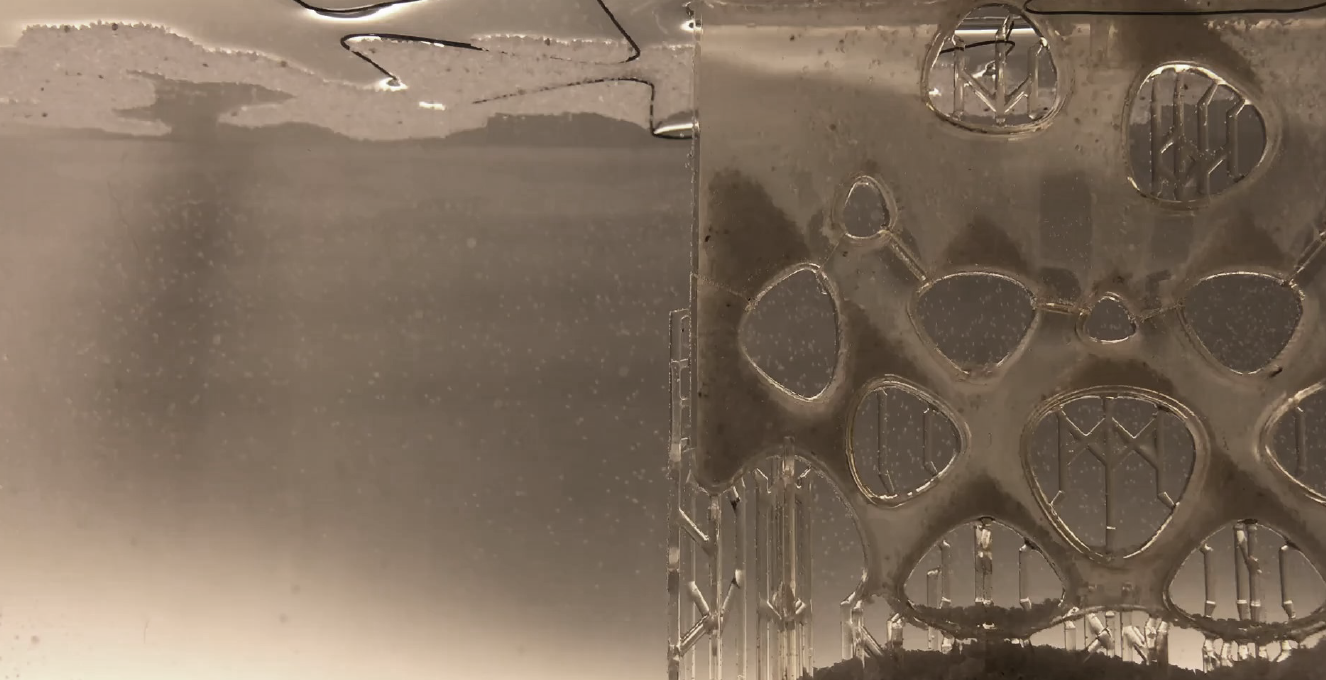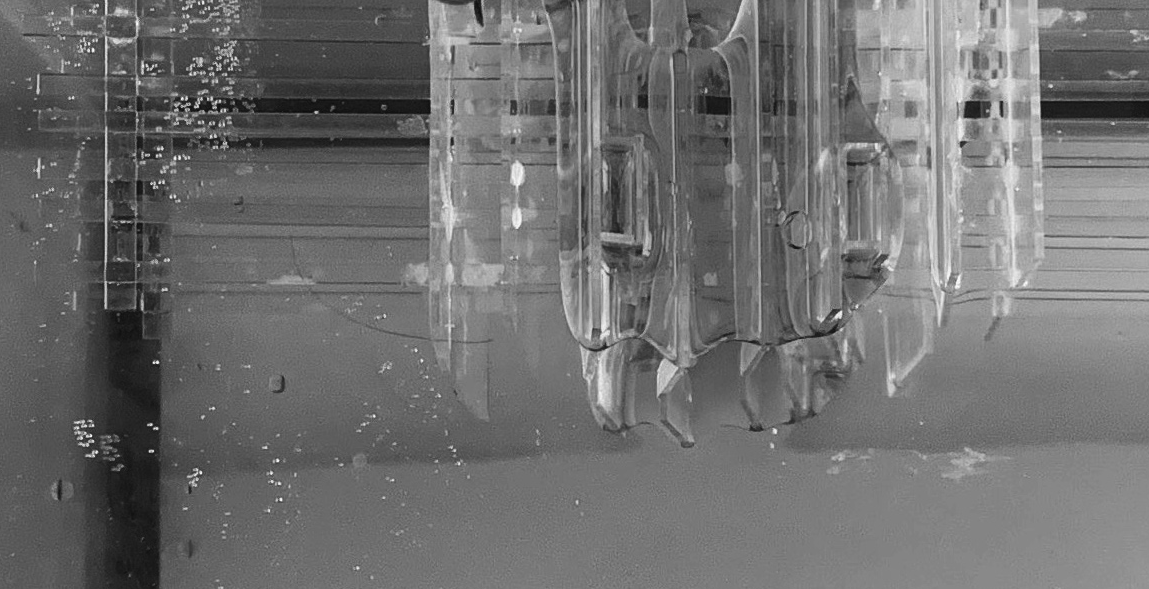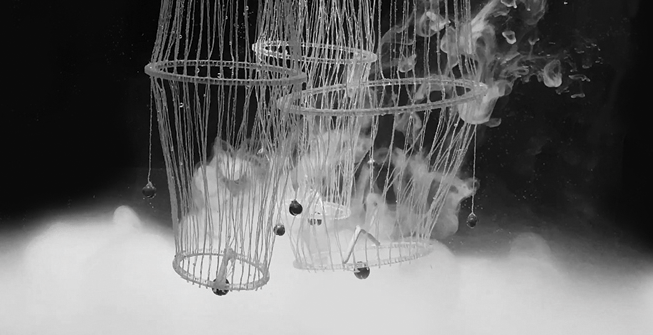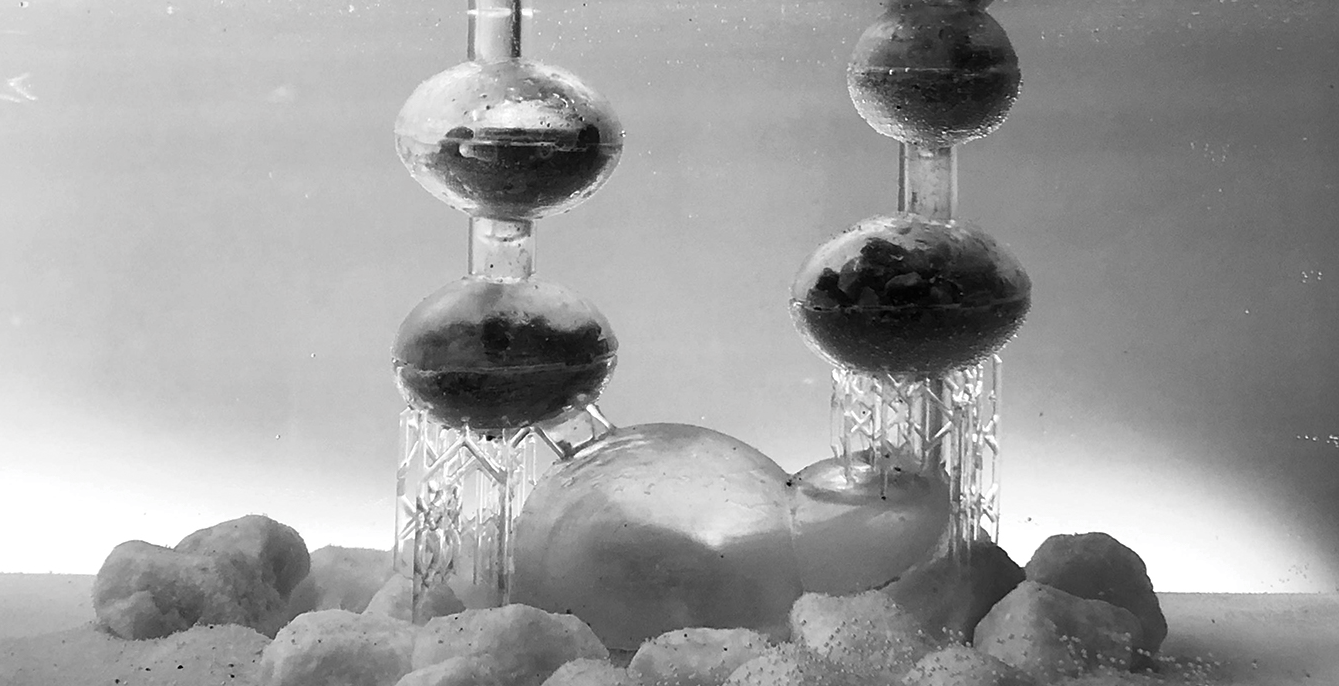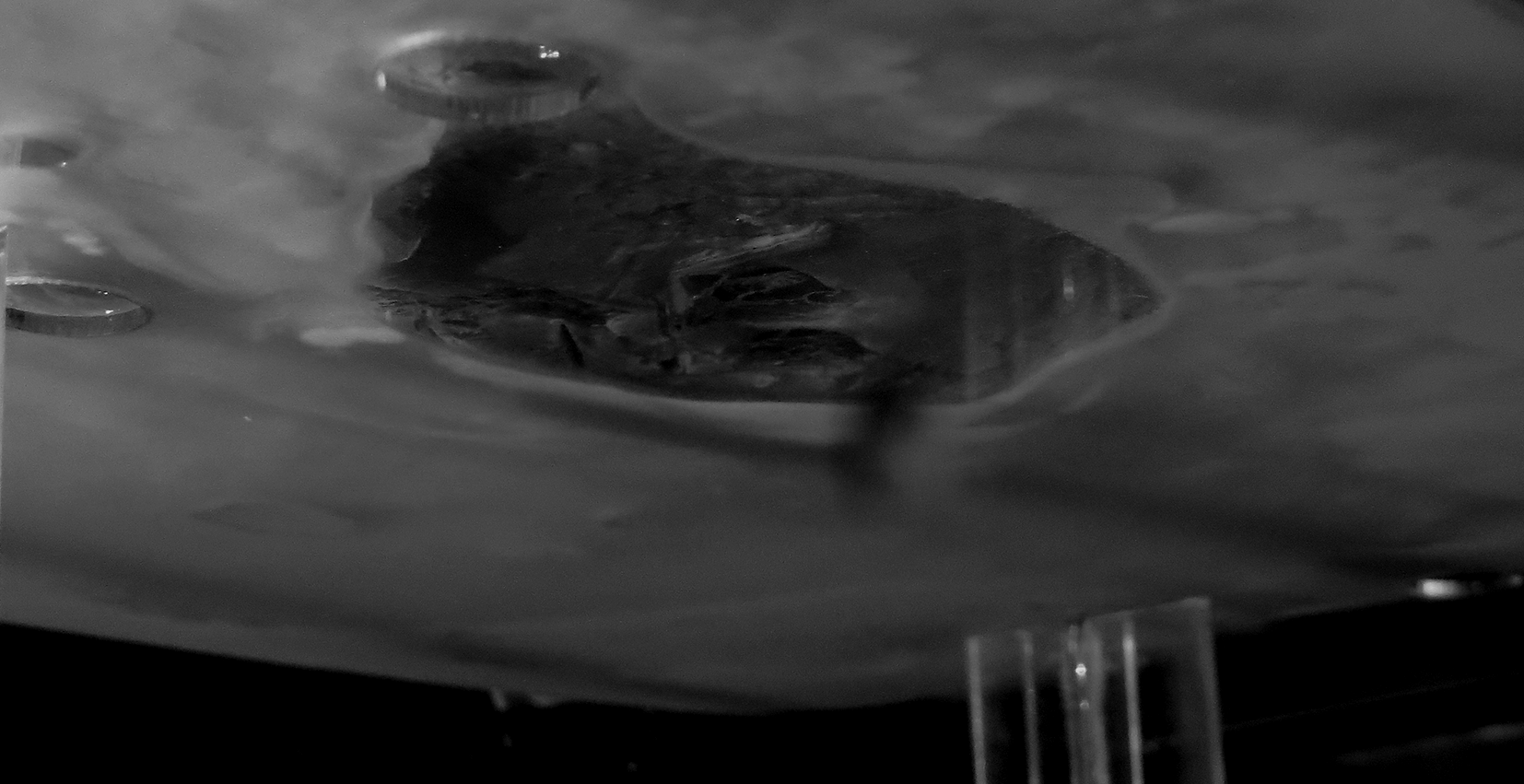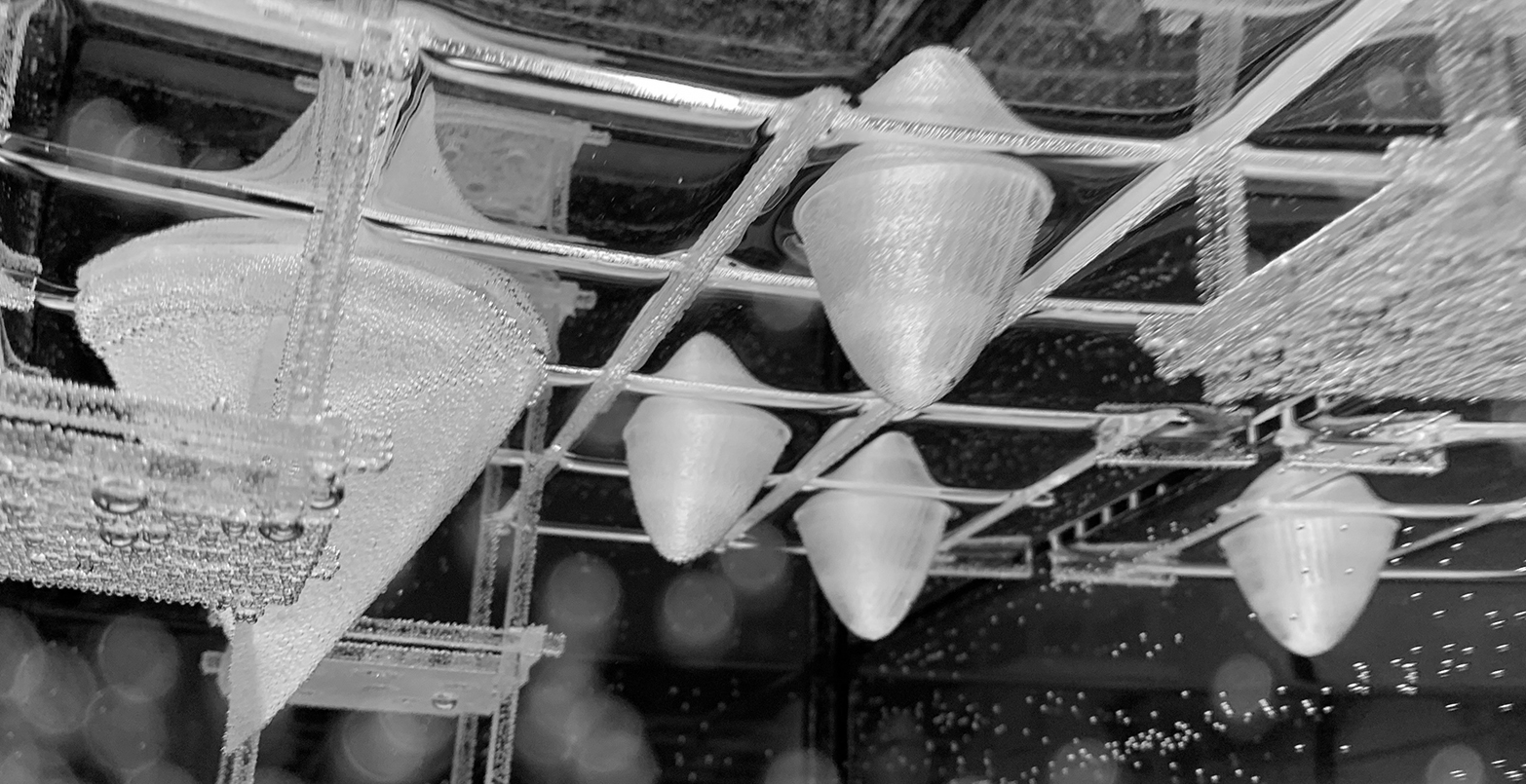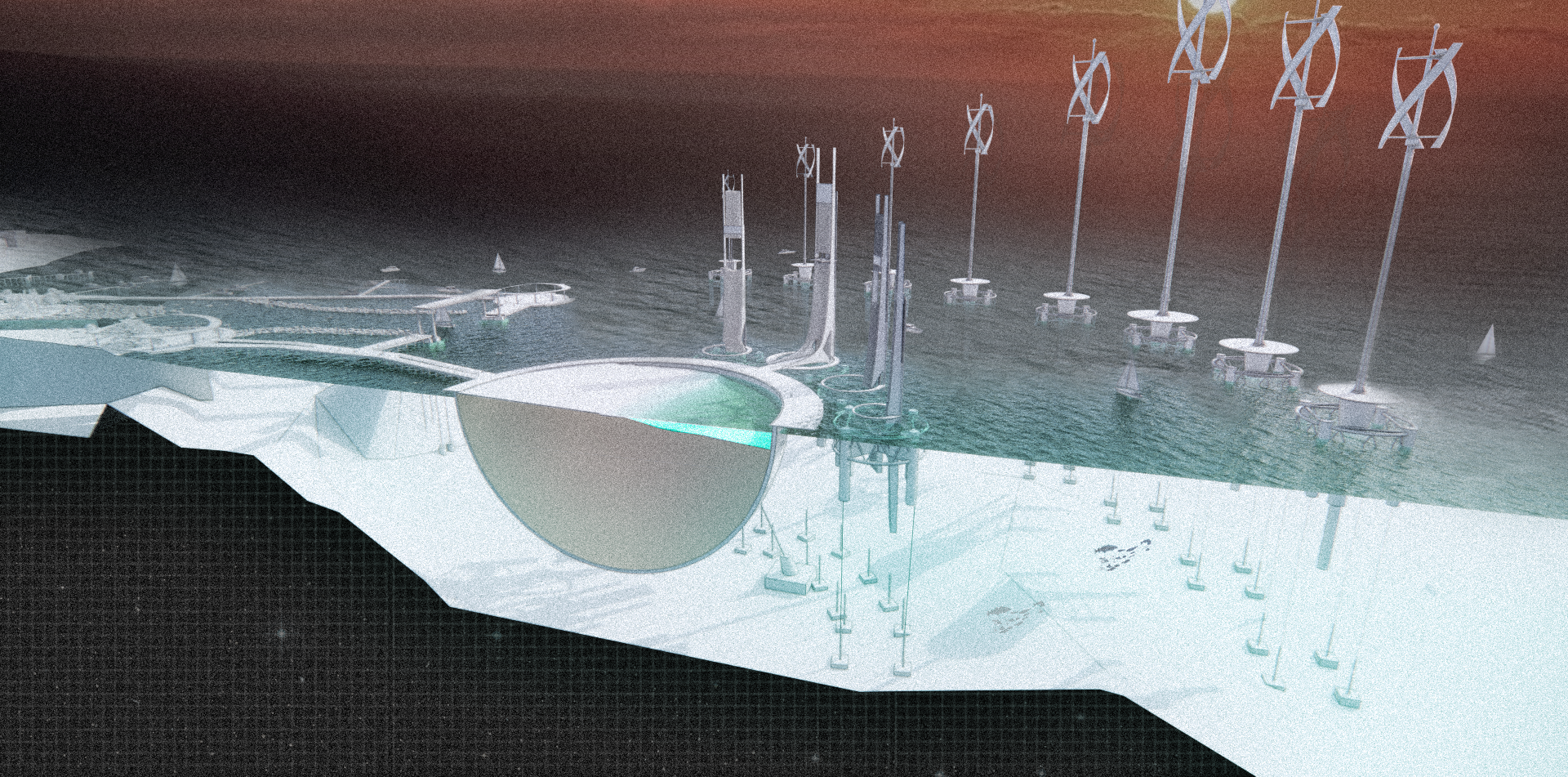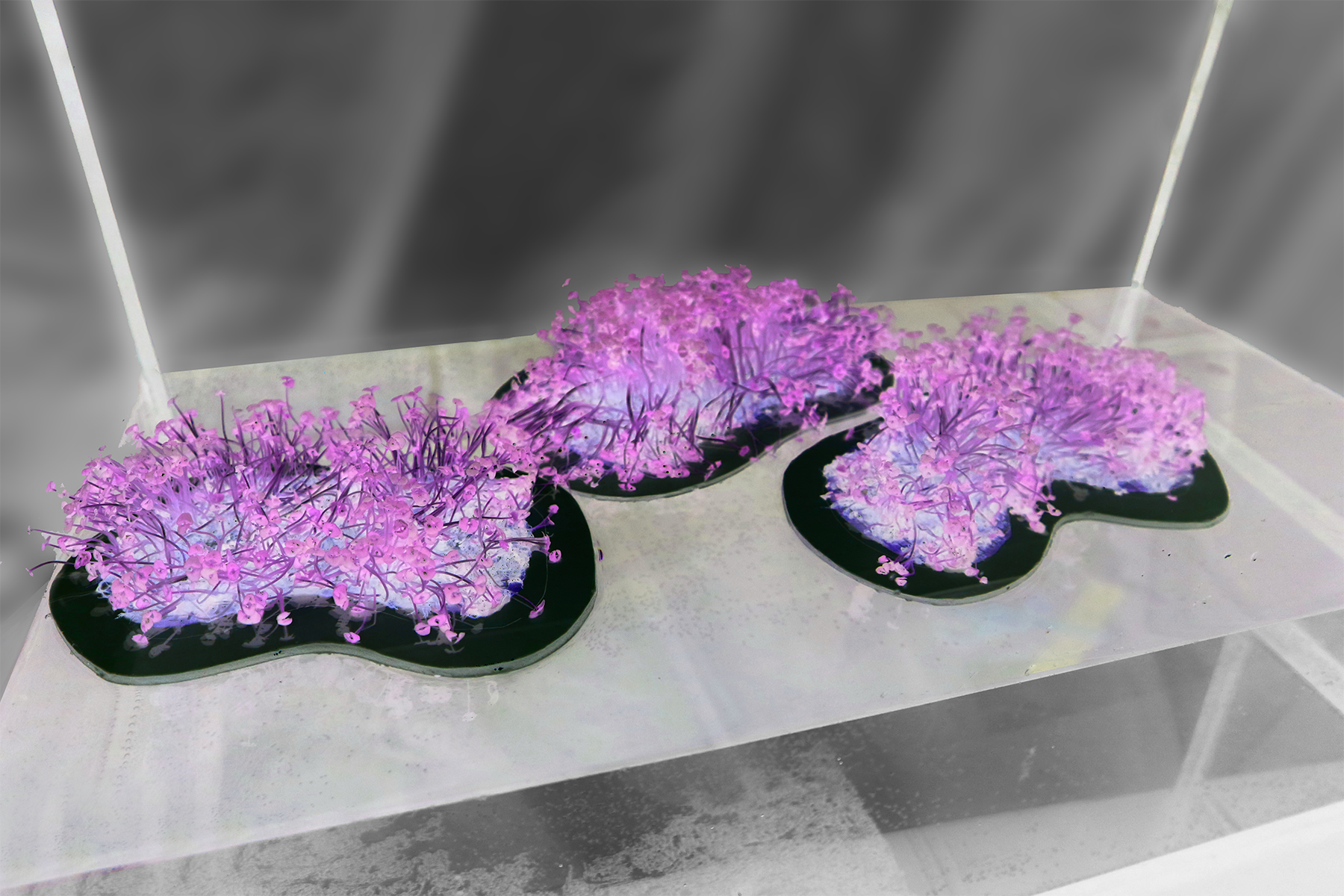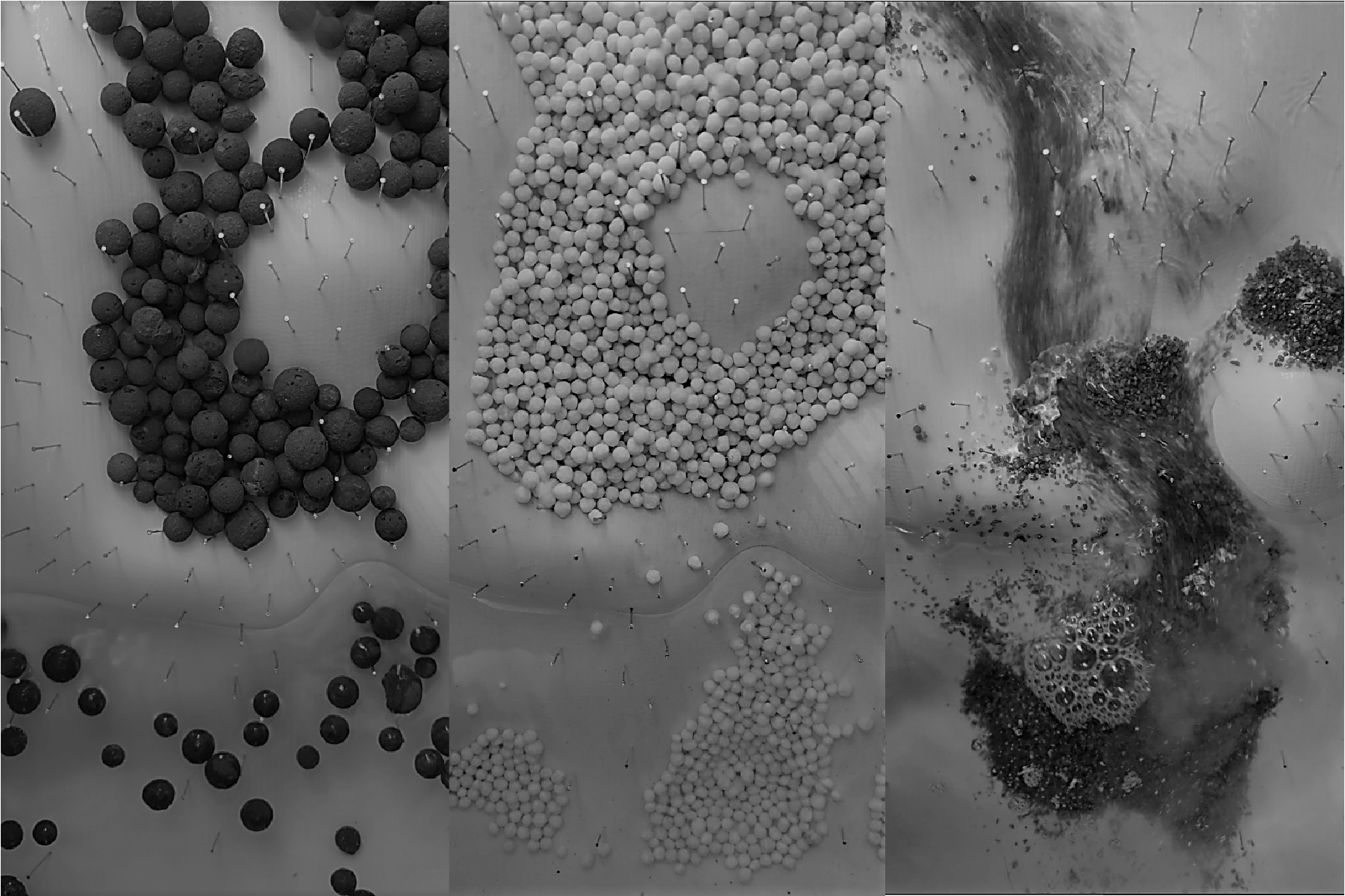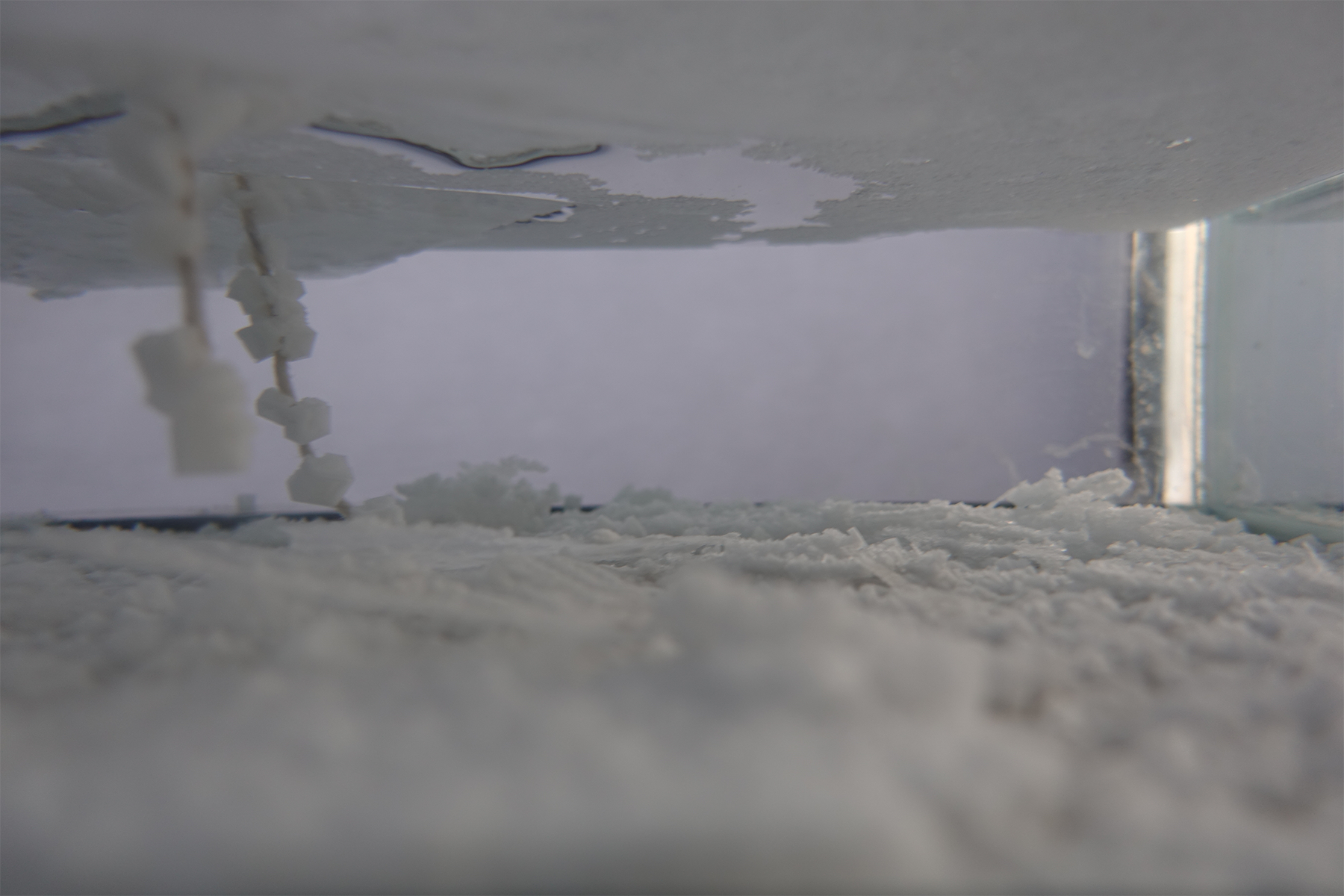Brandon Todd
Tank Worlds : Hamilton Harbour
Birds: Agents of Change
This project began with a series of model studies incorporating movable vessels within a gridded structure. The gridded structure acted as a tool of dissemination, dispersing materials that it first gathered and contained notionally into water and sky. These processes of activation led to an interest in bird ecologies; the gridded structure became an ordering device for understanding the Hamilton Harbour site and its surrounding avian ecologies.
The design proposal reverses degradation of bird habitats across the landscape by transposing conditions found in healthy sites within the harbour to those that are more industrialised. The project incorporates a series of new elements to attract wildlife to the contaminated brownfield site.
First, a series of tall bird towers reach to the sky, incorporating lightweight componentry for bird feeding, nesting, and perching above with spaces for human observation below. The height of the tower attracts avian wildlife to the site and encourages birds' natural processes of distribution, pollination and exchange. Second, trees and native plants are brought to the site, inducing processes of phytoremediation to reduce contaminated sediment. Third, the edge of existing inlets are eroded in order to form wetlands. These wetlands supply habitable spaces for an extended range of avian life and create a healthy ecosystem.
All of these processes and exchanges work within the constraints of the existing buildings on the site, and impose a new ecological order structured by a loose grid of interrelated interventions.








